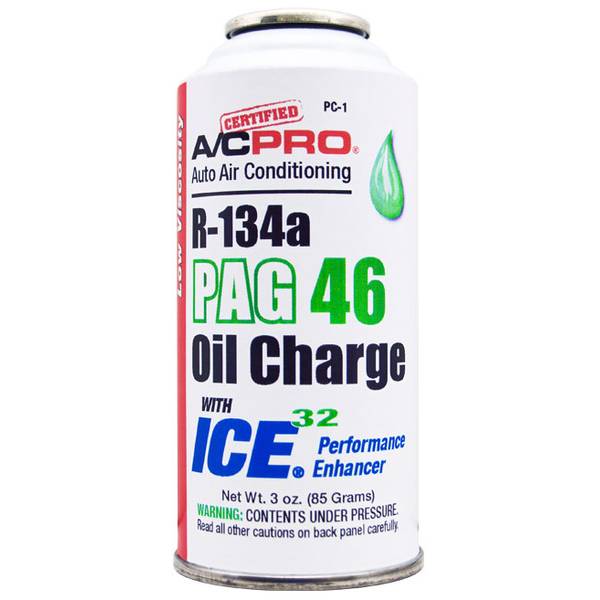Condensers for Beginners
2728 Many are aftermarket comparatively inexpensive accessories consisting of an outside window-mounted metallic canister but inner under dash or center floor units with an electrical fan are available. 2930 conditioner 31 and is not utilised in modern automobiles relying upon refrigerative methods to cool the interior.
The trendy moisture-laden air is guided to the inside of the car. 3233 The evaporate"cooling" effect declines with humidity since the air is already saturated with water. Hence, the lower the humidity, like in desert areas that are dry, the greater the system works. Car coolers were more popular among summer tourists visiting or visiting the northeast United States states of Nevada, and California, Arizona, Texas, New Mexico.
A refrigerator is a good illustration of such a method, as it transports the heat and in the neighboring atmosphere. Circulating refrigerant gas vapor (which also conveys the breaker lubricant oil across the system along with it) in the evaporator enters the gas blower in the engine bay, so typically an axial piston pump mill, and can be compressed to a higher pressure, resulting in a higher temperature as well.

The Best Strategy To Use For Compressors In Car A/c
The compacted and pressurized liquid effluent is then sent via the receiver-drier, that is, a 1 way desiccant and filter cartridge that both dehydrates the refrigerant and compressor lubricant oil mix in order to get rid of any residual water content (that would turn into ice inside the expansion valve and therefore clog it) that the vacuum done before the charging process did not manage to remove from the system, and filters it so as to eliminate any solid particles transported by the mixture, and then through a thermal expansion valve in which it gets an abrupt decrease in pressure.
The refrigerant is then routed via the evaporator coil in the passenger compartment. An adjustable rate powered fan throughout the evaporator, often after being squeezed by means of a cabin air filter, which blows the air, i was reading this resulting in the liquid part of this cold refrigerant mixture to evaporate also, further reducing the temperature.



The refrigerant vapor is hauled back into the compressor to finish the cooling. The warmer reaches the evaporator, the greater the pressure of the vapor mixture discharged out of it and consequently the greater is that the load put on the mill and on the motor to maintain the advice refrigerant.
Fascination About Compressors In Car A/c
Via a belt, often the serpentine belt, along with also an electromagnetically actuated clutch; an electrically controlled variable displacement compressor may likewise be always directly powered by means of a belt without the necessity of any clutch and magnet at all) or via an electric engine. Power consumptionedit In a modern car, the A/C machine may use around 4 horsepower (3 liter ) of the motor's power, thus increasing fuel consumption of the vehicle.
Popular Science. 123 (5): 30. November 1933. Retrieved 16. "Michigan Fast Facts and Trivia". 50states. com. Retrieved 16 April 2015. Alder, Dennis (2004). Packard. MBI Publishing. p. 76. ISBN 978-0-7603-1928-4. a b Langworth, Richard M. (1994). Motorbooks International. ISBN 0-87938-034-9.
p. 5. February 2015, archived in the original on . April 2015, retrieved 16. "1953-Buick Heat and AC Folder". oldcarbrochures.org. pp. 1011. February 2015 archived in the original on . April 2015 retrieved 16. oldcarbrochures.org. p. 23. February 2015, archived in the first on . Retrieved 16.
Popular Mechanics. May 1954. April 2015, retrieved 16. "One Control Heating Cooling". Motor. 1954. Retrieved 16. Gunnell, John, ed. The Standard Catalog of American Cars 19461975. Krause Publications. p. 176. ISBN 978-0-87341-096-0. Elsevier Science & Technology Books.
Condensers for Beginners
2. ISBN 978-0-7506-6955-9. Retrieved 16. "News on the Automotive read here World - Nash Air Conditioner Combines Heating, Cooling, and Ventilating". Automotive Industries. 110: 86. 1954. Retrieved 16 April 2015. Stevenson, Heon J. (2008). American Automobile Advertising An Illustrated History. Mc Farland. p. 177. ISBN 978-0-7864-3685-9. April 2015 retrieved 16.